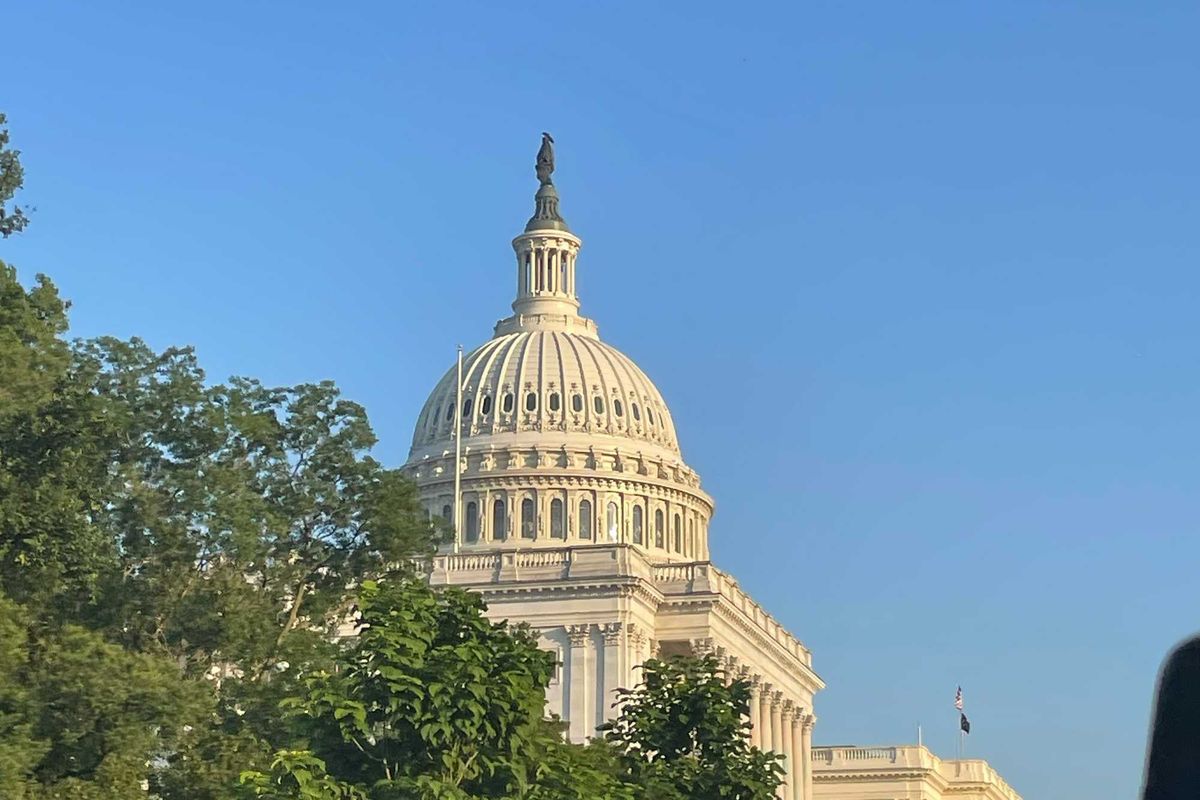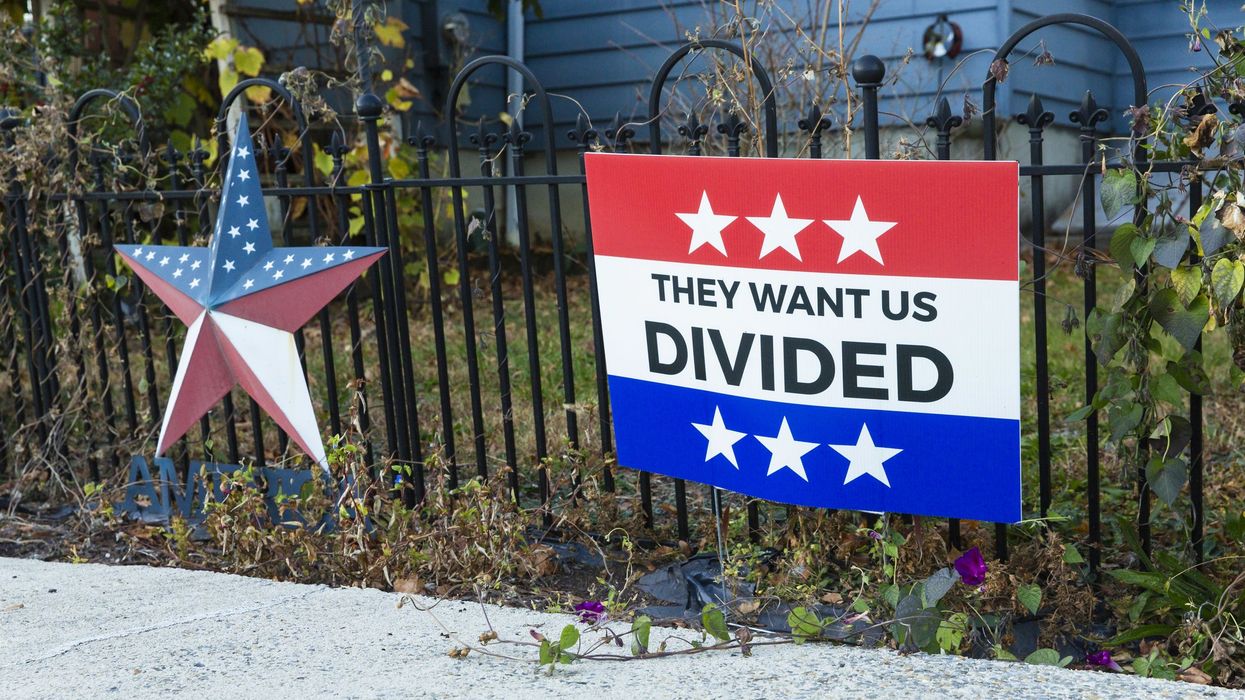In recent philosophical and political discourse, the concept of “deep disagreement” has gained traction as a diagnostic for the dysfunction of contemporary public debate. The premise is simple yet highly seductive: Some disagreements we are told are so fundamental, so rooted in incompatible worldviews or paradigmatically incommensurable epistemologies, that no meaningful argumentation is possible between the disagreeing parties. The implication is stark: Reason and Dialogue cannot bridge the gulf. But this diagnosis, while sounding sobering and serious, is in fact a dangerous illusion. It is an intellectual sleight of hand that masks both the manufactured nature of such disagreements and the vested interests that thrive on perpetuating them.
Indeed, contrary to its glossy surface neutrality, the notion of “deep disagreement” is not merely a philosophical tool but has become a performative trope, perfectly suited for an age of outrage, polarization, and algorithmic amplification. It helps rationalize the breakdown of dialogue, casting it not as a product of bad faith, deliberate miscommunication, or elite manipulation, but as a tragic inevitability of divergent rationalities. In doing so, it gives cover to a much darker political agenda: The delegitimation of democracy itself.
The Clickbait Economy of Conflict
We live in an economy of attention where conflict sells. Every disagreement — on race, gender, climate, or governance — is stylized into a clash of cultures and civilizations. Platforms reward dramatic oppositions that deliver on the sought engagement metrics – metrics that thrive on moral panic. Within this media environment, the idea of “deep disagreement” becomes less a description of reality and more a justification for constant performative polarization.
But what we call “deep disagreement” is often little more than scripted antagonism, played out for audiences, monetized through clicks, and used to construct parasocial loyalties. As Vanderbilt University’s Scott Aikin himself concedes in his essay “Deep Disagreement and the Dark Enlightenment,” even the supposed polar extremes — progressives and neo-reactionaries — share many conceptual frameworks: Illusions, red pills, false consciousness, performative rituals, and even the love of truth and critique. If such opposing camps speak in such parallel terms, how deep can the disagreement really be?
Useful Illusion for the Anti-Democratic Elite
One must then ask: Who benefits from the belief in deep disagreement? It most certainly is not the public. It is not the people trying to work through disagreement. It is not those who want to promote real democracy – that is, government by the people for the people. No, those who are handsomely served are the elite, particularly those aligned with authoritarian, technocratic, or corporatist agendas.
Because, if we accept that reasoned deliberation is no longer possible, then democratic governance — grounded in the contest of ideas — becomes quaint at best, but effectively obsolete. In its place, what is called for is “something bold,” “assertive,” “Nietzschian,” “vivaciously truculent", “decisive”, “risk taking,” (risk which predictably is always unloaded upon those very same denigrated people who will not only subsidize it but will also suffer the consequences of its failure and side effects) — language that thinly veils the push for rule by elites, CEOs, strongmen, and unelected technocrats. The alt-right critique of the “Cathedral” (a pejorative for liberal institutions), for instance, and its call for a post-democratic “gov-corp” (Land), are not “weird”, isolated intellectual fancies. They are aspirational blueprints for rule without accountability, governance without dissent.
In this light, the very concept of deep disagreement becomes a handsomely handy political instrument because it serves not to diagnose a problem but to demoralize citizens, delegitimize pluralism, and justify the concentration of power in the hands of those who claim to “see through the illusion.”
Deep Agreement: A Truer Ground
The notions that we are hopelessly divided or that we are locked into some sort of intellectually or cognitively irreconcilable values and worldviews have become a kind of modern gospel. It is repeated so often and with such certainty that few stop to question whether it is actually true. But outside the chambers of political spectacle, media-fueled outrage, and philosophy departments, a different reality emerges. Talk to ordinary people, and you’ll find a surprising degree of convergence on fundamental principles and on issues that matter. Most people believe that public officials should serve the common good rather than personal or corporate gain; they believe that elections should not be determined by who has the most money; they want access to affordable healthcare and quality education; they value truth, transparency, and fairness; they believe that power should be accountable, and that rules should apply to everyone.
These convictions are not marginal or niche. They persist across time, lines of race, class, geography, and political affiliation. They do not arise from some shared ideology so much as the shared experiences of economic precarity, institutional failure, and political betrayal. What we are witnessing is not deep disagreement, but deep misrepresentation. Because the common ground is there, obvious if one looks, but is obscured by systems that benefit enormously from the illusion of division. The political class, the commentariat, and the algorithmic engines of social media all have an interest in exaggerating conflict and suppressing consensus, so that disagreement becomes less about actual substance and more about performance; less about people disagreeing, and more about people being prevented from realizing how much they already agree on.
To acknowledge this is not to dismiss real differences, but rather to insist that those differences are eminently navigable and that they are, in fact, the normal conditions of truly democratic life. What makes democracy possible is not uniformity of opinion, but a shared belief that the process of reasoning together is worthwhile. The more radical claim, in fact, and the one that must be defended now, is that this belief has not died, one that rejects the illusion of a deep disagreement and that instead insists, as Mill did, that even our deepest adversaries can be engaged and that arguments are not futile exercises but essential acts of respect. Such shared reasoning is possible — even in a fractured time — not because we all think the same, but because we all can think together, and that beneath the noise, a deep agreement holds still — not a utopian one, but one that is sufficient and strong and robust. It is the true ground upon which a renewed democratic project can stand.
The truth is that “deep disagreement” is rarely as deep as claimed. What runs deeper is the desire for dignity, fairness, and self-rule — a desire that is frustrated, not by incompatibility of beliefs, but by systems built to fabricate division and amplify noise. Indeed, once upon a time, when a handful of powerful corporate media centers dominated the flow of information and narrative peddling, the establishment manufactured consent with ease and smooth consistency. But in our age of fragmented media, consent manufacturing is no longer possible, and hence the move to manufacturing and stoking artificial dissent.
To reclaim democracy, we must reject the illusion of deep disagreement and begin instead with the recognition of deep agreement and start building on that firm and deeply rooted shared foundation.
Ahmed Bouzid is the Co-Founder of The True Representation Movement
For a quick podcast introduction to TRM (21 mins), please go here and listen.



















